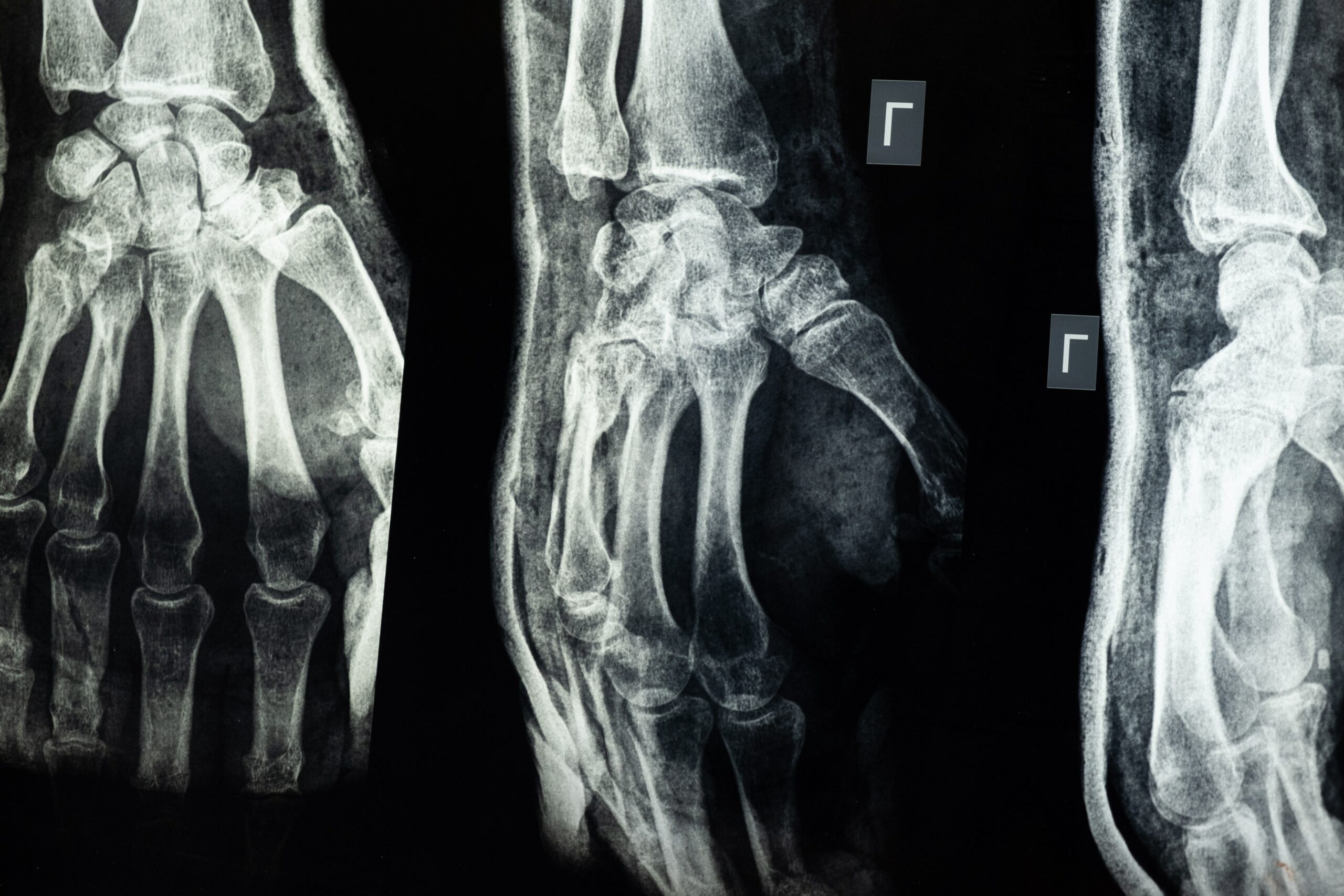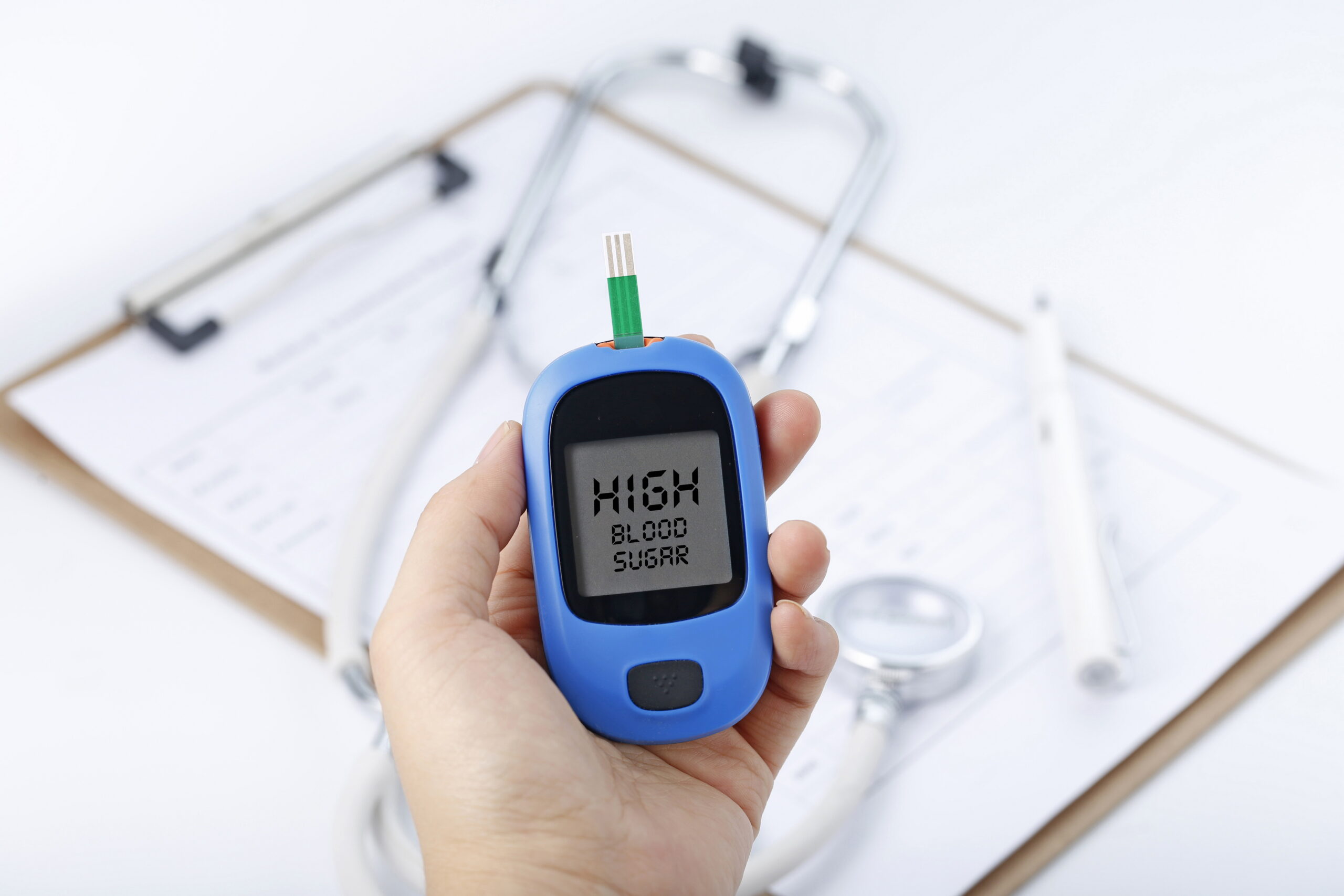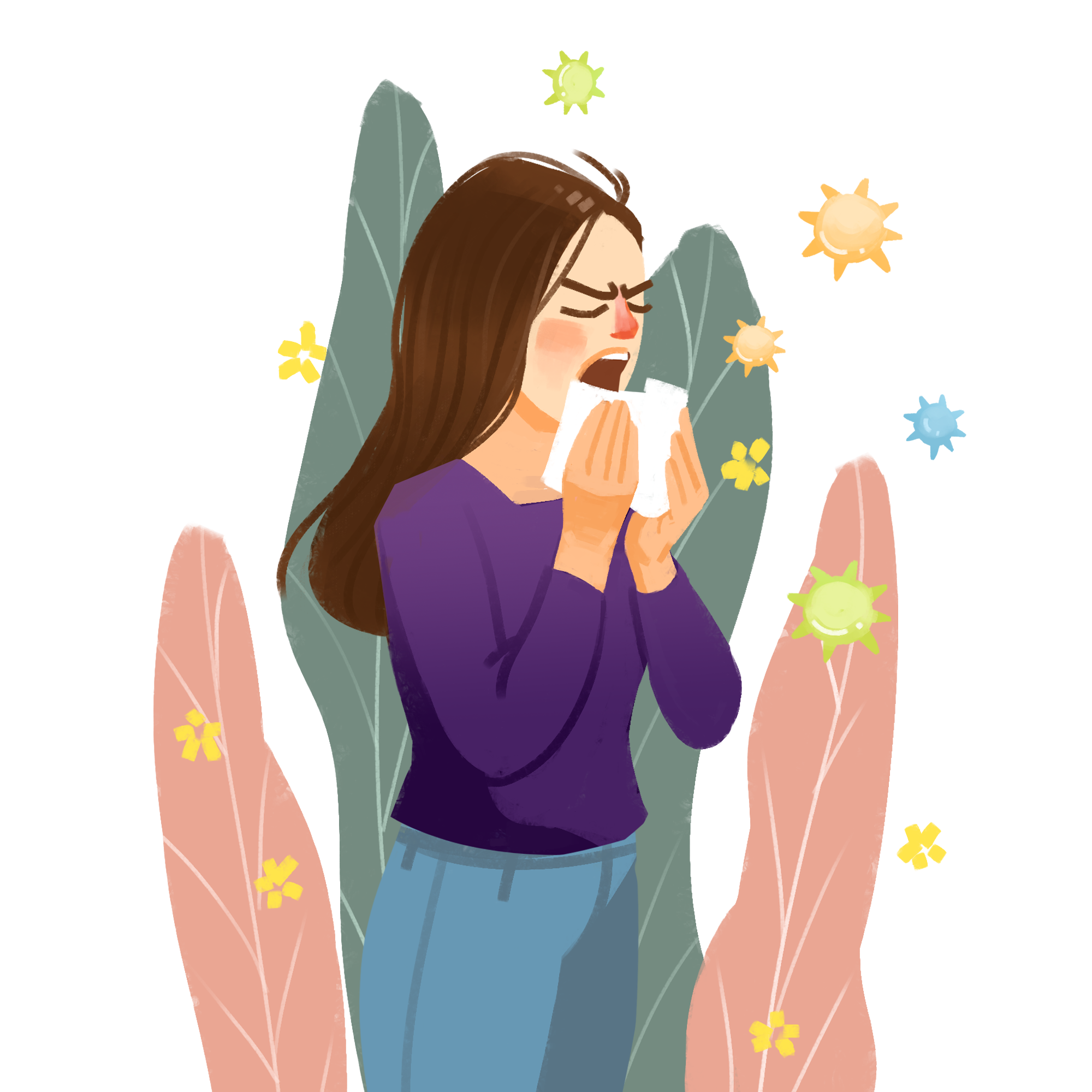Febrile Seizure in Children: One in every 25 children will experience one or more febrile seizure in their lifetime.
By definition, a febrile seizure is a fit that occurs mostly in younger children when they have a temperature higher than normal. A high percentage of these fits happen in children aged six months to five years. The usual fit can last a few seconds for the short-term or up to 15 minutes for the long term. A febrile convulsion is usually followed by feeling lightheaded or drowsiness.
Children who have had febrile seizure before will have a 30% to 35% chance of having another episode. There is no way to predict when a seizure may happen.
Here Are Some Facts About Febrile Seizure:
- The word ‘febrile’ refers to fever, while ‘convulsion’ refers to fit or seizure. The combination of these words can mean the same thing, such as fever fit or febrile seizure.
- Although febrile convulsion resembles an epileptic fit from a visual point of view, it is in no way connected to epilepsy.
- There is a genetic link between a parent (or distant relative) to the child that causes a febrile seizure in most cases.
- Every child is different, and some are more prone to having febrile than others. Also, certain convulsions may appear more severe than others from a visual point of view.
- Immunisation does not directly trigger a seizure. But it can bring fever and cold-like symptoms.
- A short-lived fit will not cause any permanent brain damage. Even a long fit almost rarely causes harm. Children who have had a febrile seizure have the chance to grow up healthy.
The Symptoms Include:
- Loss of consciousness (blackout)
- Uncontrollable twitching or jerking of arms and legs
- Breathing difficulty
- Foaming at the mouth
- Going pale or bluish in skin colour
- Eye-rolling (only the whites of their eyes are visible)
- They are not regaining full consciousness 10-15 minutes after the convulsion. They may exhibit irritable behaviour during this time and appear not to recognise you.
What Causes Febrile Seizure?
Febrile seizures occur when there is a sudden rise in body temperature. High temperature or commonly known as fever, is usually due to a viral illness or, in some cases, a bacterial infection.
Seizures are normally associated with fever. However, these can occur on occasions where the weather is particularly hot even though the baby is otherwise healthy. The abnormal temperature is a normal response to infection and is usually harmless. But remember that the growing brain of a child is more sensitive to fever than with adults.
If your child has a fever, we suggest doing the following before it leads to a febrile convulsion:
Keep the child cool by not overdressing them or placing them in a room with hot temperatures. Give them plenty of fluid to drink. It is best to give a child small but frequent drinks of water. If they are showing signs of pain or unbearable feeling, give them liquid paracetamols. Check the label for the right amount, depending on their age range. Please note Paracetamol does not protect against febrile convulsions. However, it helps bring down the body temperature.
Risk Of Another Febrile Seizure
As we mentioned, children who have had one febrile seizure before are at greater risk for having another one. These are called ‘recurrence.’
Febrile seizures do not necessarily happen every time your child has a fever. Most recurrences occur within a year after the first febrile seizure, while some occur every two years. Children who are younger than 12 months are more likely to have recurrent febrile seizures. If you have a parent, a sibling, or a distant relative who has the same illness, you have a high risk of having one.
First Aid For Febrile Seizure
If your child experiences a fit, follow these steps:
- Try to stay calm and do not be consumed by panic. We understand that the situation may look scary but rest assured that your child does not suffer from pain or discomfort during a fit.
- Lay them down on a cool surface to ensure their safety. Choose a perfect spot where they cannot fall and injure themselves. Remove any object or hazards that can cause further harm.
- Do not force anything to the child’s mouth as it can block their airways. Do not shake or slap, and never restrain them while having a convulsion. No amount of restraint can stop the shaking. Restraining them will only cause an injury to them.
- Once the convulsion stops, put them in the recovery position. Turn their head to the side along with their body. That way, if there is food in their mouth, it can easily dislodge on itself or can be easily removed.
- Note the start and end times of the convulsion and consult the doctor for the next best steps.
Get the child examined by your general physician or the nearest hospital as soon as possible after the fit stops.
- If the fit lasts longer than five minutes, it is best to call an ambulance. Medication may be needed at this point to stop the fit.
Get Emergency Medical Care if:
- the seizure lasts within the 5-minute range
- the seizure involves a specific part of the body instead of the whole body
- the child has trouble breathing or becomes pale or bluish
- the child is unresponsive or has a weak response
- there is another seizure within the next 24 hours
Think Prevention
Febrile seizures occur at the most unexpected times. We never know when and why they happen. As a preventive measure, you should take a basic first aid course.
You will learn everything about managing febrile convulsions, from recognising the symptoms and preventative care to knowing which steps to take during the attack.
Visit the First Aid Course Perth for more information.






